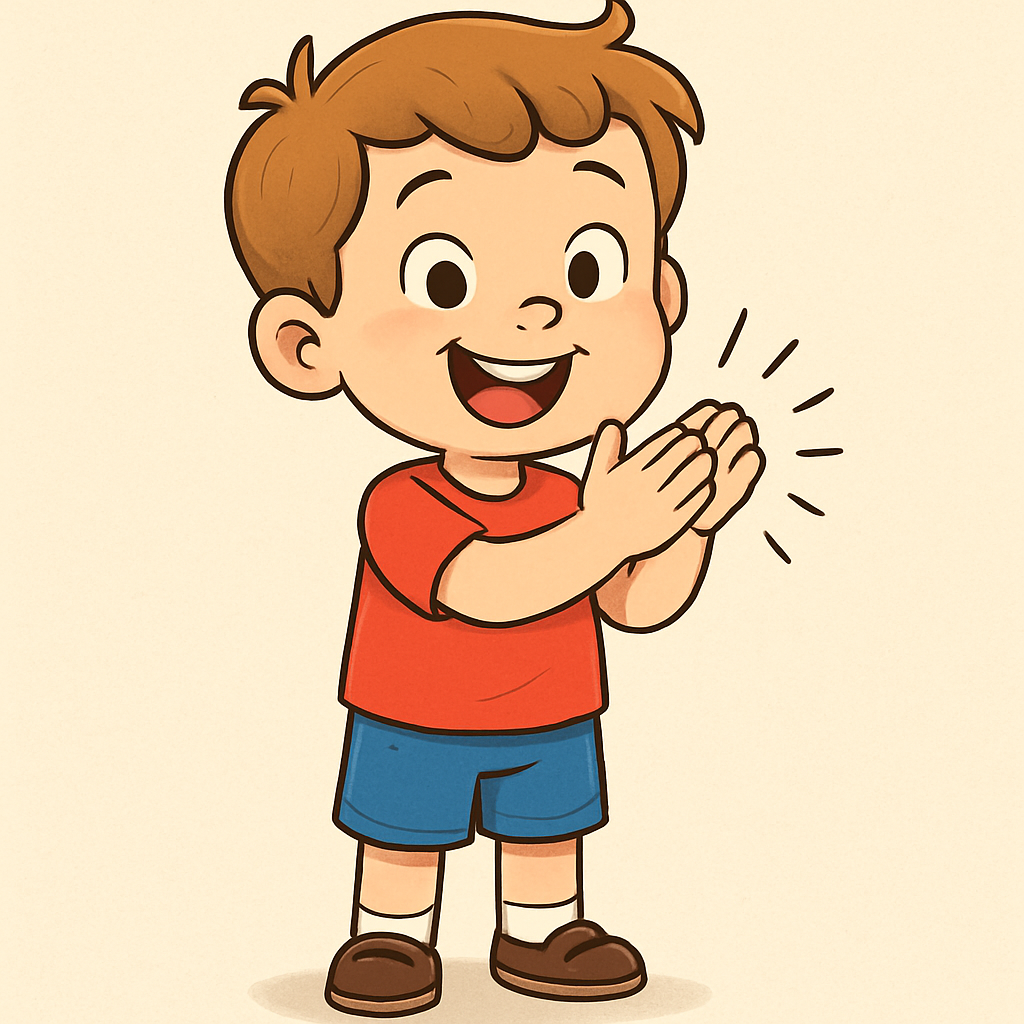This lesson uses simple music and storytelling to explore core coding ideas—sequencing and basic if/then choices—in a playful, low-pressure way.
Materials Needed:
Simple prompt cards (actions/sounds)
Optional worksheet
Scissors and glue (if using worksheets)
 Start with a high-energy, familiar song to discreetly review the concept of Conditional Logic.
Start with a high-energy, familiar song to discreetly review the concept of Conditional Logic.
Point out that the song is an IF/THEN rule: IF you feel happy (the condition), THEN you are forced to perform the action (the clap).
Introduce new actions to the song to show that programmers can change the THEN action even if the IF (happy) stays the same.
 This circle game reinforces Sequencing and Memory, ensuring the students remember the exact order of instructions.
This circle game reinforces Sequencing and Memory, ensuring the students remember the exact order of instructions.
Assemble the students into a circle around the classroom. Tell the students they are building a giant Music Machine.
The machine must run the entire sequence of instructions every time.
Execution (Starting the Sequence):
The Challenge: Continue around the circle. If a student forgets the exact order or action, the "Music Machine" breaks, and the sequence starts over. This highlights the precision needed for programming Sequencing.
Read the following short story about a cat with your students.
For each part, the class must collaboratively brainstorm a unique sound and movement that MUST accompany that part of the story.
For example:
| Part in Sequence | Action (The Code) |
| 1. The cat wakes up. | Loud sigh + slow, full-body stretch. |
| 2. The cat drinks milk. | Licking + say "Yum!" |
| 3. The cat chases its toy. | Fast tapping feet + say "Meow!" |
| 4. The cat goes to sleep | Head down + Snore |
Read the story aloud again, and the encourage the class to perform the four actions in the correct order as the story unfolds.
Give students a printed copy of the "Cat's Day" story from Step 3, but with the four sentences completely jumbled.
Instruct the students to use numbers (1, 2, 3, 4) to put the story in the correct, logical order. They cannot move on until the sequence is fixed.
Once the sequence is fixed, the students must assign their own unique musical element (a sound, a clap, a stomp, a whispered word) to each of the four steps. They are writing their own final program.